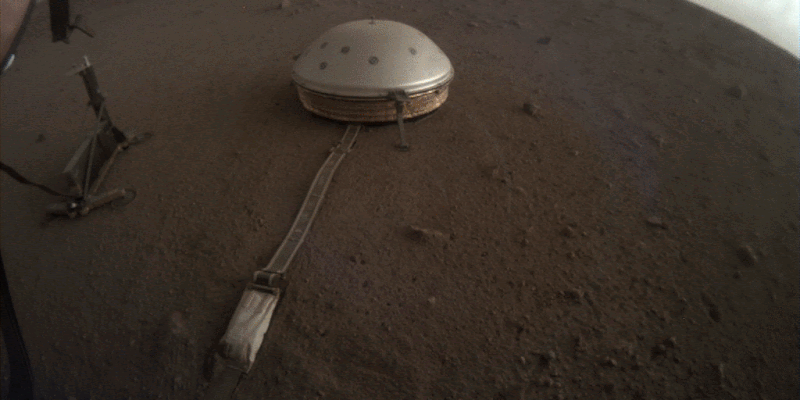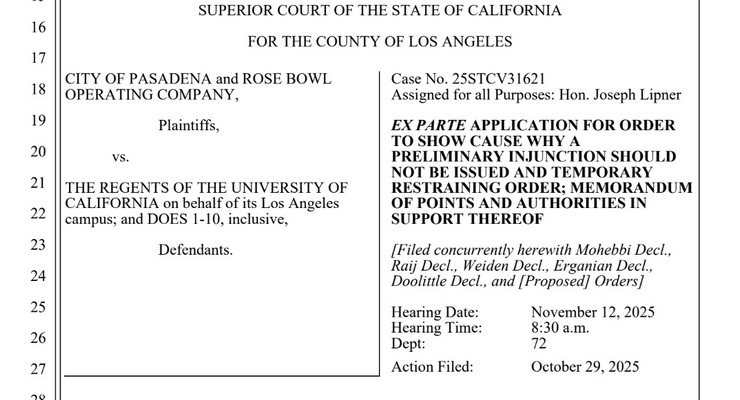
Just over two years into its mission to study the deep interior of Mars, NASA’s Jet Propulsion Laboratory-managed InSight probe is providing researchers with new understanding of the small but common Marsquakes that regularly rattle the Red Planet, JPL announced Wednesday,
The new findings are answering questions, but also raising new ones, JPL said in a written statement.
The InSight lander doesn’t roam the surface like its rover siblings, but rather sits in place to collect information about what’s going on below the surface of Mars, listening to the ground with seismometers and drilling a probe into the ground to collect temperature readings..
Seismometers on the space probe have detected more than 480 quakes during its mission, and the probe has also gathered “the most comprehensive weather data of any surface mission sent to Mars,” according to the statement.
The Marsquakes thus far have not exceeded magnitudes of 3.7, JPL Seismologist Mark Panning explained.
“It’s a little surprising we haven’t seen a bigger event,” said seismologist Mark Panning of NASA’s Jet Propulsion Laboratory in Southern California, which leads the InSight mission. “That may be telling us something about Mars, or it may be telling us something about luck.”
But the spacecraft did not detect any shaking whatsoever until six months after it arrived, raising another mystery.
“Put another way: It could be that Mars is just more static than anticipated – or that InSight landed in an especially quiet period,” according to the JPL statement.
Scientists are not carefully watching the data, hoping for more and larger quakes to study.
“Sometimes you get big flashes of amazing information, but most of the time you’re teasing out what nature has to tell you,” InSight Principal Investigator Bruce Banerdt of JPL said “It’s more like trying to follow a trail of tricky clues than having the answers presented to us in a nicely wrapped-up package.”
Quake detections again came to an unexplained stop in June, with only five recorded since September. But researchers think the answer may be blowing in the wind.
Since the quakes are so tiny, and Mars’ winds are very strong, the gusts may be covering up the quakes so the instruments cannot detect them, according to JPL.
“This could also have contributed to what seems like the long seismic silence before InSight’s first quake, since the spacecraft landed while a regional dust storm was settling down,” the statement said.
InSight has also found that no “surface” waves traverse the surface of the planet, which which may give clues to the structure of the planet’s crust.
“It’s not totally unheard of to have quakes without surface waves, but it has been a surprise,” Panning said. “For instance, you can’t see surface waves on the Moon. But that’s because the Moon has far more scattering than Mars.”
Researchers said the lack of surface waves may indicate that the ground below InSight is extensively fractured, or that the quakes detected by InSight originate from deep within the planet.
More information on the mission is available online at mars.nasa.gov/insight.


















